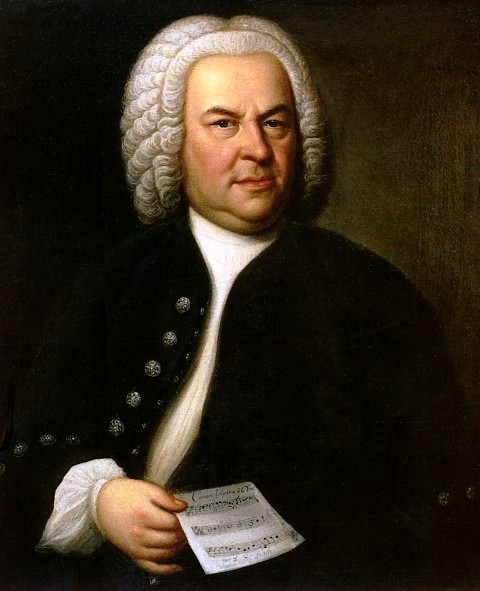The Goldberg Variations by Johann Sebastian Bach are a pinnacle of music that almost all important pianists have tried to mount. The story goes, albeit regarded as questionable today, that Bach wrote the 30 variations on a theme for Count Keyserling, the Russian ambassador at the court of Dresden. A friend of the Bach family, he complained about sleepless nights and asked Bach for some stimulating music to help him through those long and unproductive hours. Young Johann Gottlieb Goldberg was the Count’s personal harpsichordist and Bach’s student who, it is said, would play the pieces at such times.
The Goldberg Variations are much more than “etudes” for keyboard, though they were published as such. They also represent a whole cosmos of numerical thinking that can be found in much of Baroque music theory. The 30 variations are designed to make up 10 groups of three in which the third variation is always a canon, and the canons cycle through the intervals from the prime to the second, third, and so on to the ninth.
The second variation of each group is usually the most virtuosic and the most demanding for the piano or cembalo player, with musical lines—and hands—crossing and entwining.
Interestingly, the variations are not so much a variation of the aria’s melodic themes, as is usually the case, but of its bass line composed of 32 fundamental notes. Can you recognize them?
Bach’s music is a wondrous and perfect integration of mathematics, harmony, and inspired art, beautifully performed here on the organ by Professor Carsten Klomp.

the maestro’s hand holds the manuscript of
the 13th Canon of the Goldberg Variations.
Related:
Goldberg Variations (Wikipedia)
Prof. Carsten Klomp at Hochschule für Kirchenmusik in Heidelberg, Germany
The Genius Behind Bach’s Goldberg Variations: CANONS (YouTube)
views: 84
